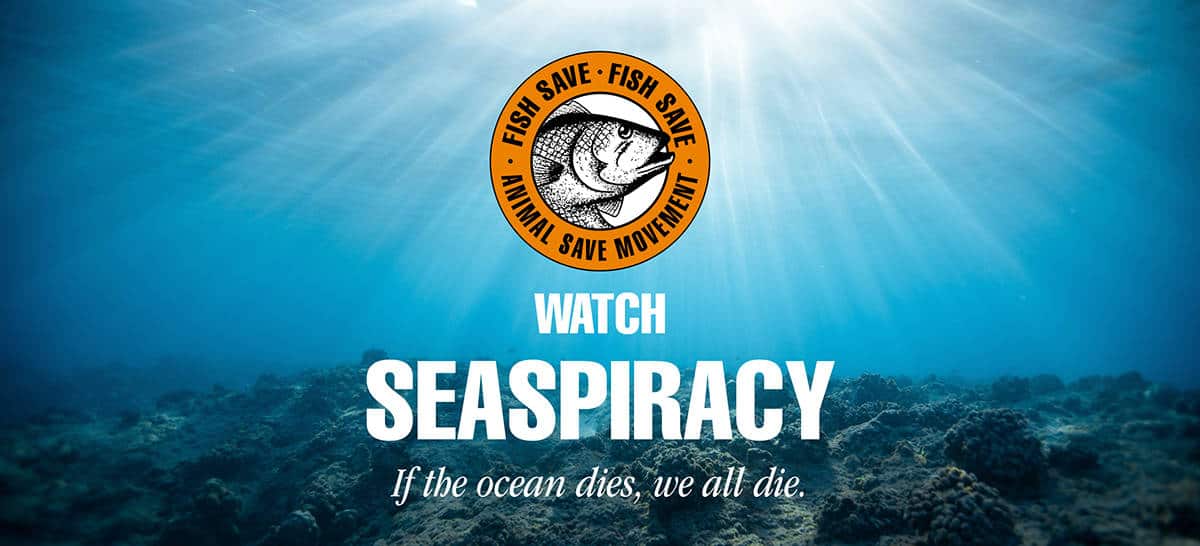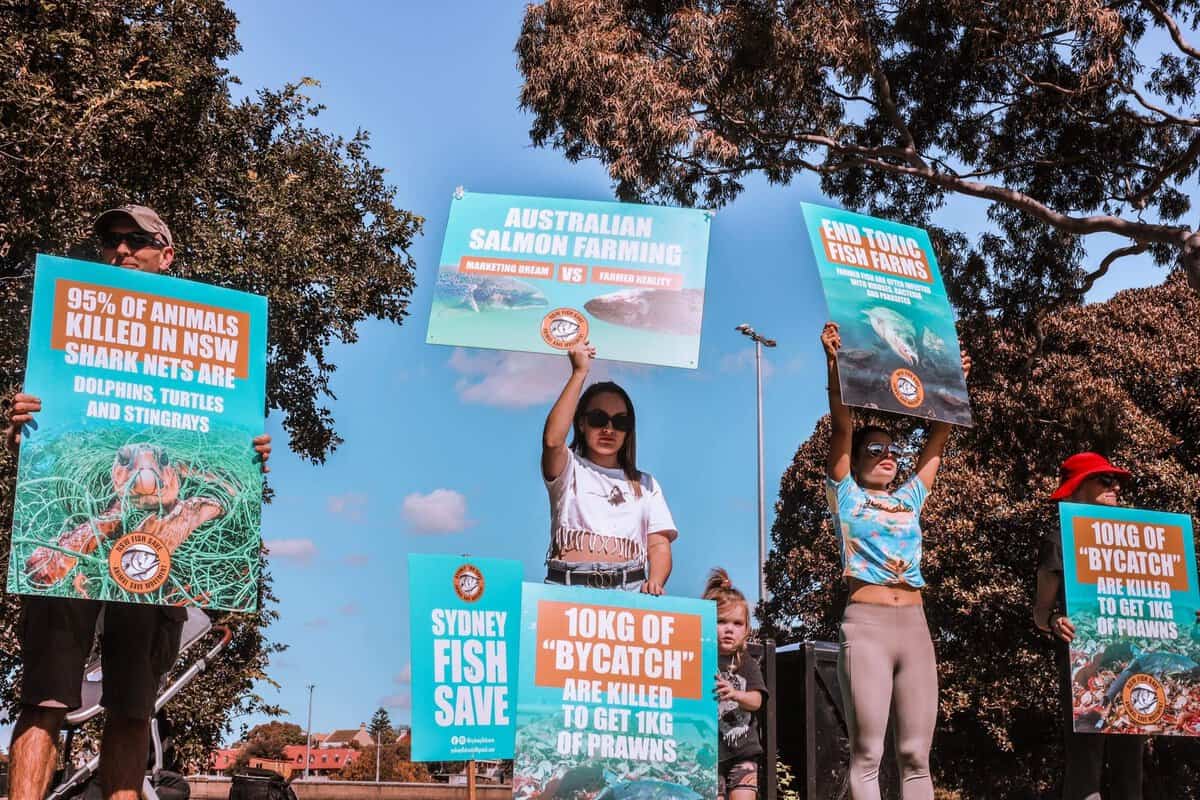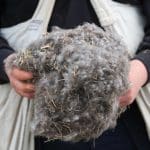The global fishing industry is facing mounting criticism for its severe impact on marine ecosystems and the extensive damage it causes. Despite being marketed as a sustainable food source, large-scale fishing operations are devastating ocean habitats, polluting waterways, and drastically reducing marine life populations. One particularly harmful practice, bottom trawling, involves dragging enormous nets across the sea floor, capturing fish indiscriminately and destroying ancient coral and sponge communities. This method leaves a path of destruction, forcing surviving fish to adapt to a ravaged environment.
But fish are not the only casualties. Bycatch—the unintended capture of non-target species such as sea birds, turtles, dolphins, and whales—results in countless marine animals being injured or killed. These “forgotten victims” are often discarded and left to die or be preyed upon. Recent data from Greenpeace New Zealand reveals that the fishing industry has been significantly underreporting bycatch, underscoring the urgent need for greater transparency and accountability.
The introduction of cameras on fishing vessels has exposed the true extent of the industry’s impact, showing notable increases in reported captures of dolphins and albatross, as well as discarded fish. However, the footage remains inaccessible to the public, raising concerns about the industry’s commitment to transparency. Advocacy groups like Greenpeace are calling for mandatory cameras on all commercial fishing vessels to ensure accurate reporting and informed decision-making.
This issue is not confined to New Zealand; countries like China and the United States also grapple with severe overfishing problems. The environmental hazards posed by aquafarms and the alarming rates of fish waste further highlight the need for global action. Documentaries such as “Seaspiracy” have brought these issues to light, linking the fishing industry’s practices to climate change and the decline of marine wildlife.
To address these challenges, there is a growing movement towards adopting plant-based diets and reducing reliance on fish as a food source. Activists are urging governments to implement stricter regulations, increase transparency, and promote sustainable alternatives. By holding the fishing industry accountable and making informed choices, we can work towards preserving our oceans and protecting marine life for future generations.
The global fishing industry is under increasing scrutiny for its devastating impact on marine ecosystems and the widespread destruction it causes. Despite its portrayal as a sustainable source of food, large-scale fishing operations are wreaking havoc on ocean habitats, polluting waterways, and decimating marine life. Bottom trawling, a common practice within the industry, involves dragging massive nets across the sea floor, indiscriminately capturing fish and obliterating coral and sponge communities that have existed for millennia. This practice leaves behind a trail of destruction, forcing the surviving fish to navigate a ravaged environment.
However, the fish are not the only victims. Bycatch, the unintended capture of non-target species such as sea birds, turtles, dolphins, and whales, results in countless marine animals being injured or killed. These “forgotten victims” are often discarded, left to die or be preyed upon. Recent data from Greenpeace New Zealand reveals that the fishing industry has been grossly underreporting bycatch, highlighting the urgent need for transparency and accountability.
The introduction of cameras on fishing vessels has shed light on the true extent of the industry’s impact, showing significant increases in reported captures of dolphins and albatross, as well as discarded fish. Despite this, the footage remains inaccessible to the public, raising concerns about the industry’s commitment to transparency. Greenpeace and other advocacy groups are calling for mandatory cameras on all commercial fishing vessels to ensure accurate reporting and informed decision-making.
The issue extends beyond New Zealand, with countries like China and the United States also facing severe overfishing problems. The environmental hazards posed by aquafarms and the alarming rates of fish waste further underscore the need for global action. Documentaries such as “Seaspiracy” have brought these issues to the forefront, linking the fishing industry’s practices to climate change and the decline of marine wildlife.
To address these challenges, there is a growing movement towards adopting plant-based diets and reducing reliance on fish as a food source. Activists are urging governments to implement stricter regulations, increase transparency, and promote sustainable alternatives. By holding the fishing industry accountable and making informed choices, we can work towards preserving our oceans and protecting marine life for future generations.
June 3, 2024
Why is the fishing industry bad? Is the fishing industry sustainable? Ocean ecosystems around the world are being destroyed by the fishing industry. Large scale fishing operations are not only polluting oceans and waterways, but destroying marine habitats by bottom trawling with massive fishing lines and nets. They drag them across the sea floor capturing fish and extinguishing everything in their path including coral and sponge communities that have been around for thousands of years. The fish left behind and not captured to be sold as food must now try to survive in a destroyed habitat. But fish are not the only casualties of this industry, because wherever there is fishing, there is bycatch.

Image: We Animals Media
The forgotten victims
These enormous nets also capture sea birds, turtles, dolphins, porpoises, whales, and other fish that are not the main target. These wounded creatures are then thrown overboard because they are considered useless by the fishing industry. Many of them slowly bleed to death while others get eaten by predators. These are the forgotten victims of the fishing industry. It’s been estimated by scientists that over 650,000 marine mammals are either killed or seriously injured annually by the commercial fishing industry.
But we are now learning from Greenpeace this number may be way more than initially thought due to footage caught on camera. The Ministry for Primary Industries recently released new data taken from 127 fishing vessels that had cameras installed on board. With this recorded footage they were able to prove the fishing industry has been underreporting bycatch and the nontarget creatures they discard. Greenpeace New Zealand is holding the commercial fishing companies accountable for “massively underreporting their catches of dolphins, albatross and fish prior to the cameras on boats programme.”
“The data shows that for the 127 vessels now with cameras, reporting of dolphin captures increased nearly seven fold while reported albatross interactions were up 3.5 times. The reported volume of fish discarded has increased by almost 50%”, Greenpeace explains.

Image: We Animals Media
Greenpeace believes this should be enough proof that cameras on boats are needed on the entire commercial fleet including deep water vessels because the fishing industry is not telling the truth. This new data proves the public cannot simply rely on the industry itself to tell the truth.
“Having accurate data means we know the true cost of commercial fishing on marine wildlife, which means better decisions can be made.”
However, the camera footage is not accessible by general members of society because the fishing industry wants to regulate its own activities, despite previously lying about bycatch numbers. The whole point of installing cameras on fishing boats is to improve transparency of the industry, not have it kept private, as the Minister of Oceans & Fisheries wants. People need to know what the fishing industry is hiding and be able to make informed choices when choosing a meal.
Over 40,000 people have signed the Greenpeace petition calling on the New Zealand government to protect oceans, implement cameras on the whole commercial fishing fleet, and provide transparent reporting.

Image: We Animals Media
This transparency on New Zealand’s fishing boats should serve as an example for other parts of the world. China is the country with the biggest fish production. A large portion of fish in China are raised and killed on aquafarms that keep millions of fish at a time and span the size of four football fields.
Demand one of the Plant Based Treaty is to relinquish and not create new fish farms or expand existing aquaculture farms as they are extremely hazardous to the environment and create massive amounts of waste. A study in the journal Science found that a two-acre fish farm produces as much waste as a town of 10,000 people. PETA reports that “Salmon farms in British Columbia were found to be producing as much waste as a city of half a million people.”
In addition to aquafarms, China sources fish from the sea via boats that should also have cameras installed. Greenpeace East Asia reports; “China is catching an estimated four million tons of fish too young or small for human consumption every year, exacerbating the country’s over-fishing problem and potentially decimating fish stocks.
They explain, “that the number of “trash fish”, the name given to fish with little or no market value, caught by Chinese fleets each year is equivalent to Japan’s entire annual figure…. China’s seas are already heavily overfished.”
In the United States, Animal Equality reports 1.3 billion farmed fish are being raised for food and the commercial fishing industry kills nearly a trillion animals worldwide annually.
Oceana Canada reports that in Canada some fisheries discard more fish at sea than they bring to port to kill and sell for food. “There is no requirement to report on how many Canadian non-commercial species are killed through bycatch, so the amount of waste is ignored.”

Seaspiracy, a 2021 documentary streaming on Netflix, uncovers alarming global corruption in the commercial fishing industry and links this to climate change. This powerful film proves that fishing is the greatest threat to marine wildlife and has wiped out 90 percent of the world’s large fish. Seaspiracy documents that fishing operations kill 30,000 sharks every hour and 300,000 dolphins, whales and porpoises annually.
It’s time to take action
Not only do we need transparency on fishing vessels around the world, but we must transition away from eating fish and move towards a healthy plant-based food system.
Consider holding a Fish vigil in your area and sign the Animal Save Movement petition to stop Secretary of State for Health and Social Care in the UK prescribing fishing as an alternative to antidepressant and anxiety medication and instead adopt alternatives which are kind to others and the planet. You can also start a team in your area to campaign for your city to endorse the Plant Based Treaty and encourage individuals and institutions to support plant-based meal plans.

Written by Miriam Porter:
Read more blogs:
Get Social with Animal Save Movement
We love getting social, which is why you’ll find us on all the major social media platforms. We think it’s a great way to build an online community where we can share news, ideas and actions. We’d love for you to join us. See you there!
Sign up to the Animal Save Movement Newsletter
Join our email list for all latest news, campaign updates and action alerts from across the globe.
You have Successfully Subscribed!
Notice: This content was initially published on Animal Save Movement and may not necessarily reflect the views of the Humane Foundation.



